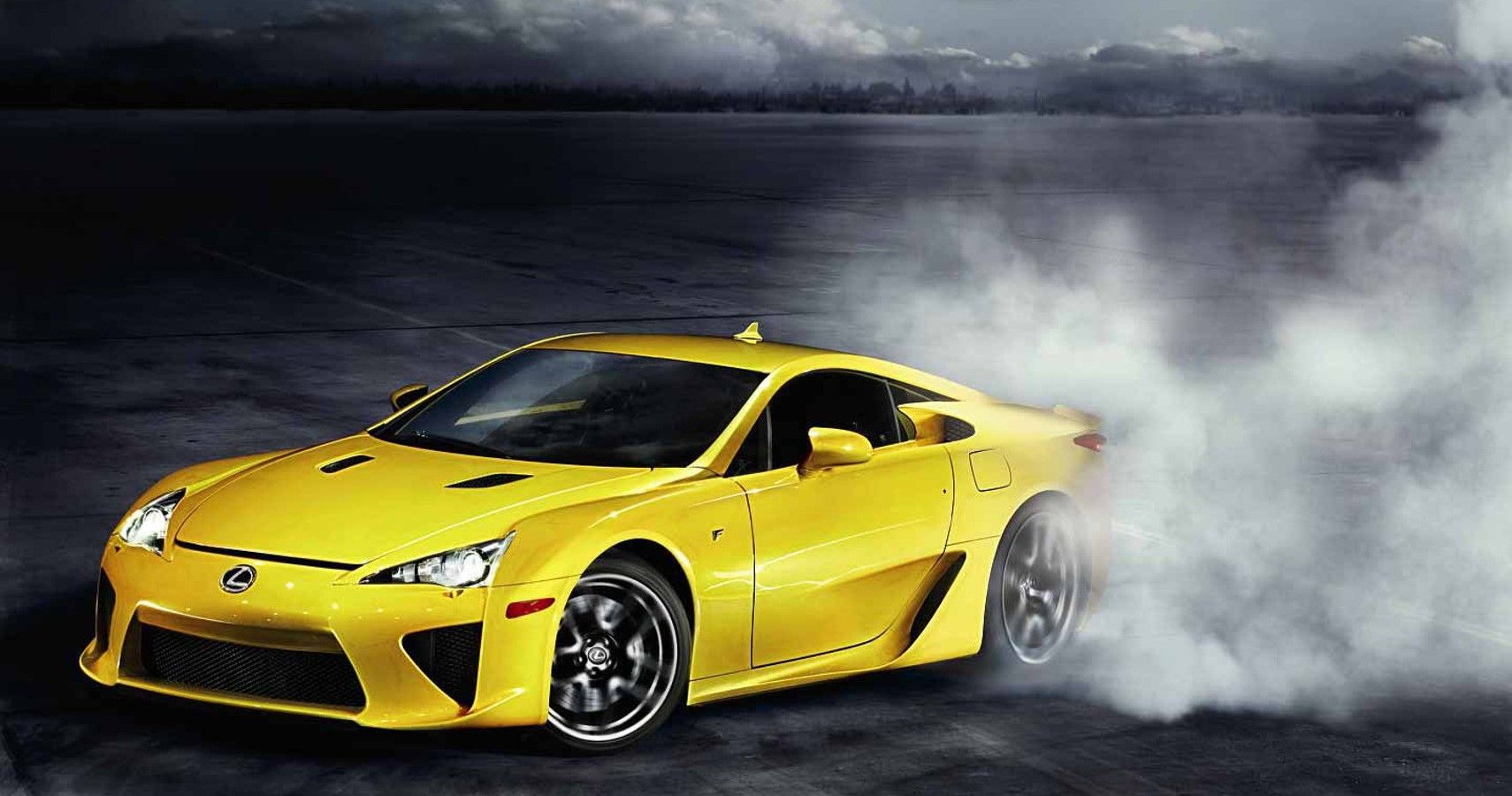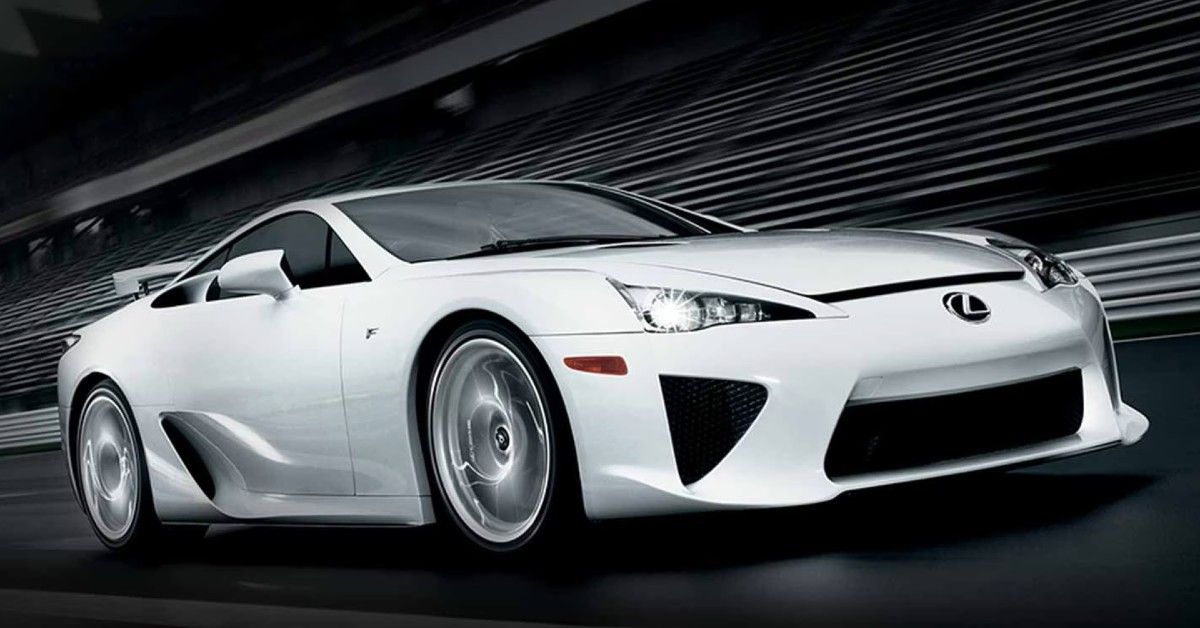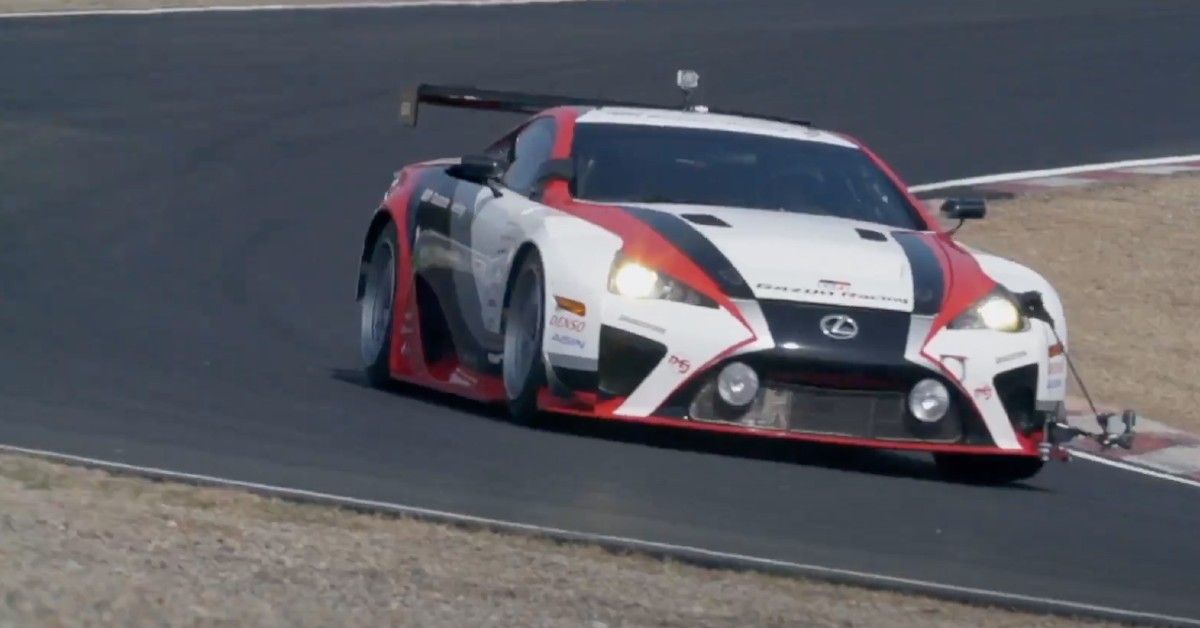They say that good things come to those who wait, so we waited anxiously for nine solid years for the venerable LFA. To re-establish the Japanese automotive brand as innovative, adventurous, and thrilling, Lexus took its time creating the company's first supercar. And they succeeded.
So, why did the LFA's development take so long? With this project, the LFA’s engineers aimed for perfection, and on numerous occasions, they had to restart from scratch to find a solution when they hit a snag. They fussed about every little detail, from the weight of the radio to the aerodynamic contours of the wing mirrors.
One of the biggest changes made in the middle of development was moving from an aluminum frame to a carbon fiber tub. In this article, we outline all you need to know about the Lexus LFA and why the marque labored for nine long years to build the luxury two-seater supercar, the second in line of the F model line, as well as the first-ever standalone Lexus F model.
Let's dig in.
A Brief Overview Of The Lexus LFA
Before the production model of the coupe debuted in 2009, the Lexus LFA spent over ten years in development. And when it was ready, it cost almost $400,000 for a vehicle with an outdated single-clutch automatic manual transmission and no mid-engine arrangement. It didn't matter, though. All you needed to do was drive an LFA to appreciate its enchantment and be on the receiving end of envy because fewer than 500 individuals worldwide would be fortunate enough to get their hands on a brand-new LFA.
The carbon fiber used in the LFA was entirely made on a specially designed loom, and the vehicle was then built around a carbon-fiber-reinforced polymer monocoque chassis. It could vroom from 0 to 60 mph in 3.6 seconds, from 0 to 100 mph in 7.6 seconds, and achieve a peak speed of 202 mph.
The LFA can stop from 70 mph in 156 feet of braking distance, although it reduced that time by 24 seconds wearing its Nurburgring Package and clad in its Bridgestone Potenza RE070 street tires. The stock car's fastest lap time around the renowned Nurburgring is 7 minutes and 38 seconds.
What You Didn’t Know About The LFA’S History
The engineers involved in the LF-A's (as the automobile was first referred to internally) creation received total creative freedom, in contrast to prior projects. There were no set materials, drivetrain, or process technology. This resulted in an initial list of 500 fundamental concept characteristics envisioned by the team for this high-performance car.
In 2001, the decision-makers agreed on utilizing a newly created V10 engine for the LFA’s power plant. It was already mid-2003 when the prototype started rolling on wheels. An LF-A took on the storied Nürburgring Nordschleife for the first time during test runs in October 2004. The public knew a new supercar was coming by now, at the very least.
A first concept LFA with a somewhat close-to-production appearance made its debut at the North American International Auto Show (NAIAS) in Detroit. Lexus would later display the car at other auto events, including the 2005 IAA (Frankfurt Motor Show).
The 4.8-liter engine performed as expected of the prototypes and on test drives, but the LFA’s development team couldn’t ignore one slight. The bodies of every LFA prototype constructed were, so far, made of light metal. Regarding weight and torsional stiffness, they fell short of expectations. Other automakers wouldn’t consider revising the bodywork material at this stage of the vehicle’s development.
But as stated earlier, Lexus had given its engineers complete creative freedom. Thus, a thorough redesign was then carried out following a development period of almost five years. Major chassis parts and the entire body were newly made from carbon fiber, becoming uncharted ground both for Lexus as a car manufacturer and the development team. But rather than outsource the carbon manufacturing, the automaker decided to keep it in-house.
In the end, the Toyota Group's expertise in bodywork construction saved the day, and an LFA Roadster Concept was then unveiled at the 2008 Geneva Motor Show to offer a sneak peek at a potential second body variation from the initial product. In 2008 and 2009, Lexus fielded disguised prototypes in the 24-Hour Nurburgring and the VLN at the Nurburgring to test the LFA’s handling in challenging circumstances.
The Lexus LFA was subsequently developed at the Nurburgring and appeared at the annual racing event every year from 2008 until its replacement by the Lexus RC F in 2015. Even the top executive, Akio Toyoda-san, drove the V10-powered, race-bred LFA in the second year, which was a big-ass thumbs-up for the LFA program.
In October 2009, Lexus officially presented the production LFA at the Tokyo Motor Show and began accepting orders for the car that same period. Production kicked off in December 2010, with a monthly production cap of 20 automobiles and lucky customers paying a starting price of $375,000. A total of 500 units of the Lexus LFA hit production by 2012, with customers offered a choice of 12 upholstery options and 30 paint colors. The brake calipers came in six different colors as well.
The Japanese manufacturer produced 50 LFAs with modified Nurburgring Edition spoilers at the end of the production cycle to boost downforce. Unique design elements include the ventilation opening in front of the hood, the fender edges, the aerodynamic mirrors, and the triangle-shaped exhaust tailpipes that release a great soundtrack.
The LFA's highlights list is a lengthy one which cannot be reprinted in its entirety, but some of these undoubtedly include the engine, as well as the 1,480-kilogram curb weight, and the roomy, elegant cabin. The 4.8-liter engine displacement produced 560 horsepower, maximum torque of 354 lb-ft, and a maximum rev range of 9,000 rpm.



